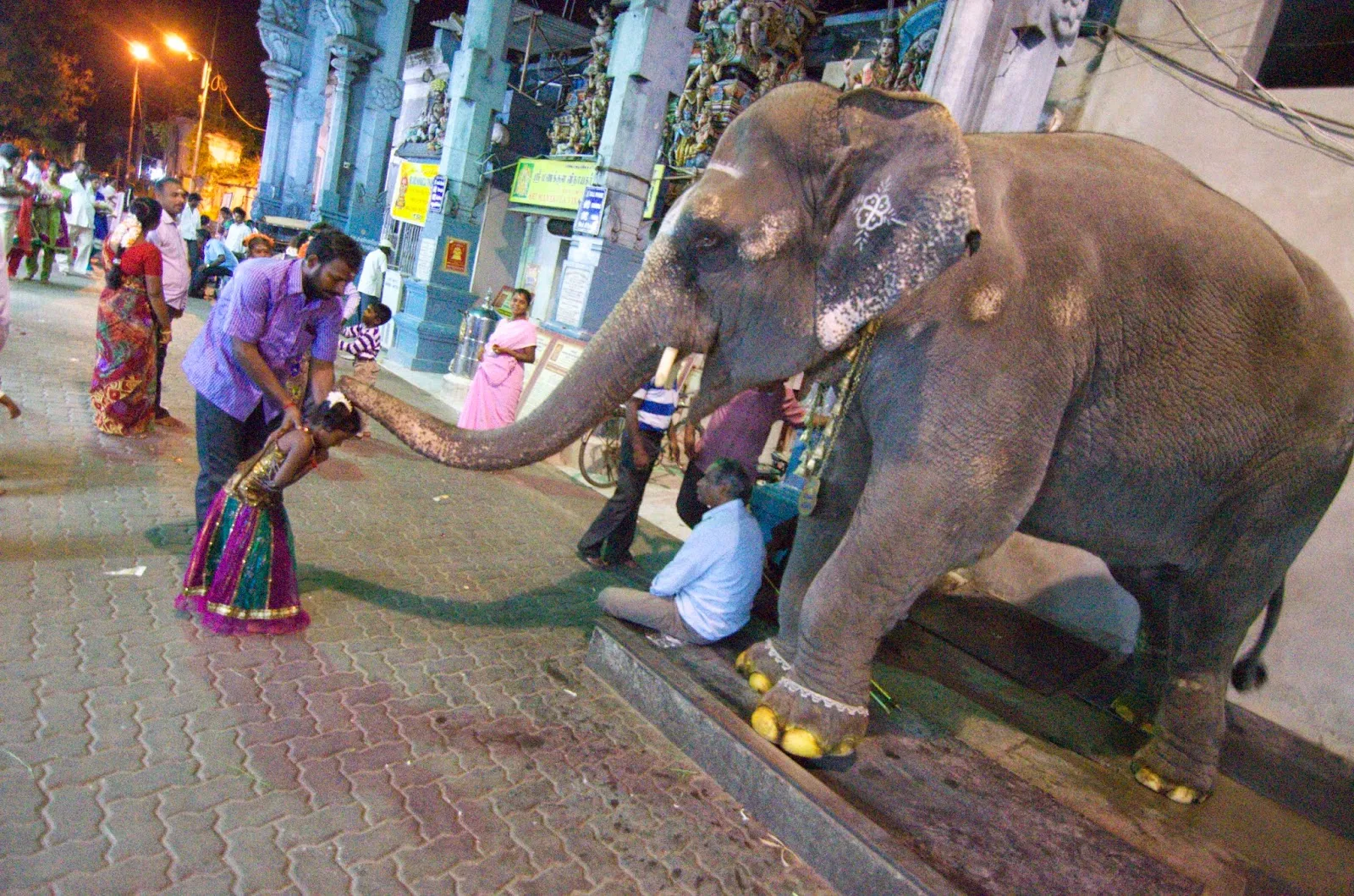Last week I overcame my jaded ambivalence for ancient ruins that has overcome me these past few years, an ennui that derives from three decades of archeological adventures all over Europe, the Middle East and Meso- America. I used to find ruins romantic and captivating, but somehow lately that fascination has waned, and I've lost the intrigue I had then. I've been wandering about Peru this past month, and the anthropology courses I took back in the day have kept intruding into my thoughts, but I've had no interest in actually going out of my way to see anything, not even Nazca or the many several other major archeological sites that I've been near - There are many ancient cultures that existed here, the Inca being just the last great native culture to dominate Peru, but one that was actually quite brief in its preeminence, gaining power only in the few centuries before the Spanish came. I was really not all that pumped up to visit Machu Picchu, and almost didn't, until my mother told me I had to, and I realized that she was right. If I didn't go, I'd be a titanic wanker.
So, I did. I visited. Despite knowing very little about the Inca, despite Machu Picchu being actually quite bereft of history. The Inca had no writing, and the Spanish never discovered the place, which was apparently utterly abandoned during the collapse of the Incan Empire during the conquest. It was not a population center, but served some obscure ritual and political purpose for the Incan elite. They deliberately evacuated the place, to the point that very little has been found by way of artefacts there, because the site had a relatively short life span, and they deliberately stripped the place as they left. The Spanish tended to destroy Incan cities, using their materials to build their own edifices, and they were particularly keen on destroying Incan religious sites, bent on suppressing their culture. Hence, the several extant astrological/temple structures there are rare survivors. The Inca worshipped the Sun and Moon, and arranged their buildings in astrologically meaningful ways.
Anyway, more information on them can be found elsewhere online. I just tell you here what little I've learnt. That is, not that much. I thought my - and our larger collective - ignorance would inhibit my appreciating the place. I was wrong.
Machu Picchu is amazing. These next pictures really do it little justice, because the scale and spaces girding the place, which is a mountain peak bound by a serpentine river valley and an amazing array of immense mountains, cannot be grasped in two dimensions. Nor can the energy of the place - which is unmistakable, palpable, and vitalizing, be felt in a photo. Still, you can probably sense a scintilla of its magnificence.. And, I just have to post evidence to prove that I was there.
The mountain falls away a good sheer 500 meters or more to the side in this first shot, but I couldn't get the camera to do that void justice, so I'll just let you imagine the vertigo here:
This next shot is looking uphill, the house in the far background is the "watchtower" where the final picture was taken:
From the watchtower overlooking the main section of the ruin. The classic Machu Picchu view:
I took many more pictures, but they are all just post card shots. I pulled these three because they have me in them. Beautiful, eh? Wish you where here..
---























































